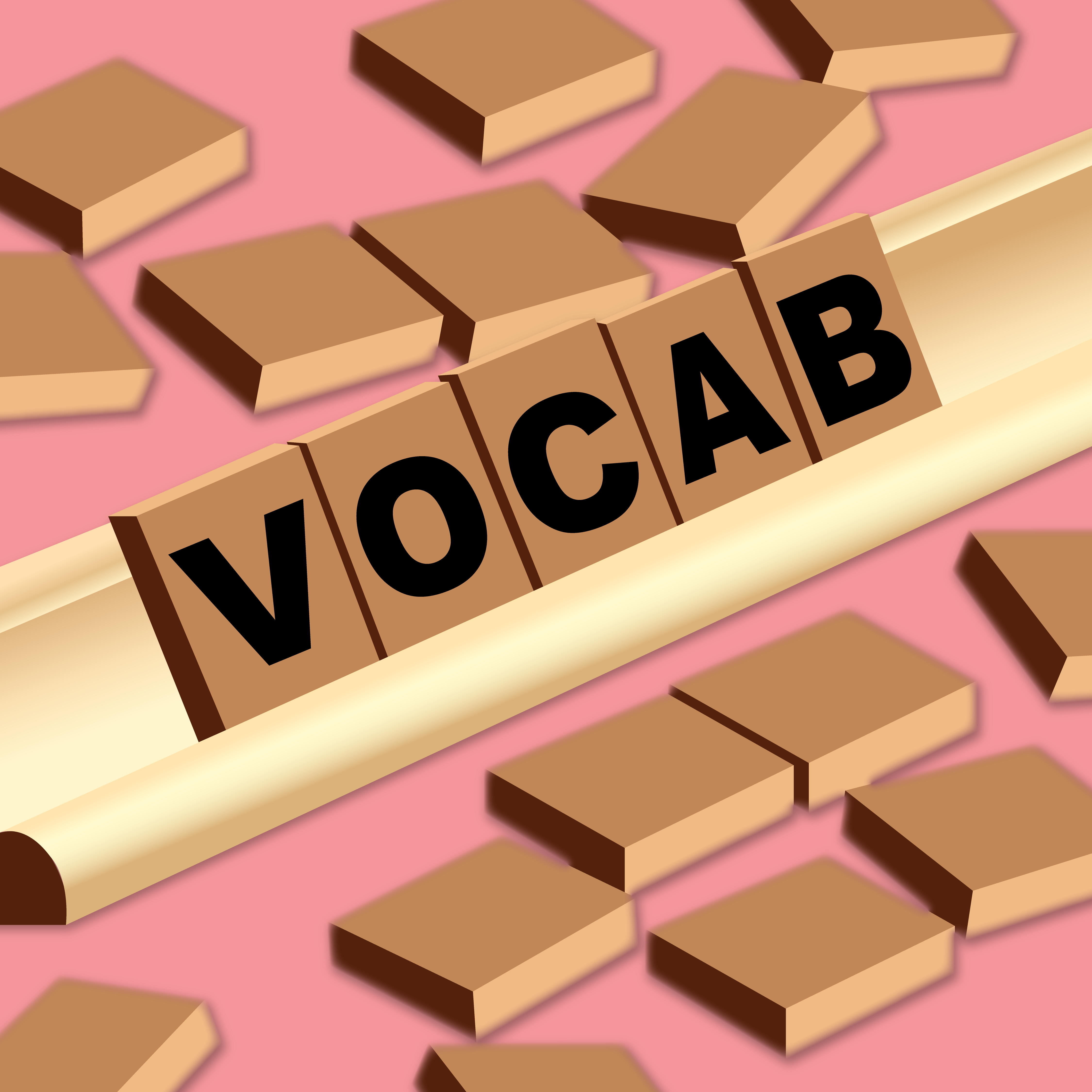Summary
In this professional development session, participants will evaluate vocabulary students might encounter in college and career readiness programming. Participants will engage in strategies that reinforce authentic vocabulary instruction of Tier 2 words.
Essential Question
How does the depth of one’s vocabulary contribute to the ability to read, write, and speak effectively?
Materials List
Card sort (attached; 1 per person)
Research Brief (attached; 1 per person)
Triangle-Square-Circle graphic organizer (attached; 1 per person)
Strategy Note Catcher (attached; 1 per person)
Learning Goals
Participants explain the benefits of authentic vocabulary instruction.
Participants evaluate vocabulary words that students might encounter in college and career readiness programming.
Participants create a plan to implement one instructional strategy in the classroom.
Engage
15 Minute(s)
Pass out the attached Strategy Note Catcher handout and writing utensils. Explain to participants that this handout allows them to take notes over the strategies and resources referred to throughout the session. Briefly introduce yourself, and welcome participants to the session using the attached Presentation Slides.
Display slide 3, Collective Brain Dump. Briefly review the strategy. Ask participants to either scan the QR code, or go to menti.com and enter the code. Participants will list words that surprise them that students don’t know. Allow time for participants to list words, then review the list together and ask participants if they notice anything that stands out to them (similarities, differences, etc.).
Display slide 4-5, and review the session’s essential question and learning goals. Explain to participants that this provides a roadmap of where the group will go in this session and what outcomes should be expected from the session.
Explore
10 Minute(s)
Display slide 7. Pass out Card Sort sets to each group. Have groups sort/categorize cards any way they feel makes sense. Have a whole group share/discuss how/why they sorted the way they did. Some groups may determine that words are tiered. Explain to participants that they will revisit the card sort after the next activity.
Explain
10 Minute(s)
Display slide 8. Pass out copies of the Research Brief (Using the Three-Tiered Approach to Vocabulary Instruction) and the Triangle-Square-Circle graphic organizer. Briefly explain the strategy they will use as they read the brief. Allow time for participants to read the brief and complete the graphic organizer. Ask for volunteers to share something from their notes.
Display slide 9. Review the information on the slide with participants. Ask for any thoughts or connections participants might have about the information on the slide. This is a good time to revisit some of the words that participants included in the Collective Brain Dump activity as a way to practice sorting words and clear up any misconceptions or misunderstandings participants may have about the vocabulary tiers.
After discussing the slide information, ask participants to return to their card sort and sort the words into their appropriate tiers. Ask groups to share out any insights or reflections they may have.
Extend
20 Minute(s)
Display slide 10. Pass out copies of the created Sample ACT Questions. Ask participants to partner-up with someone who has a different color handout. Ask participants to work together and label words in the sample questions with the corresponding symbol for Tier 2 and Tier 3 words: Circle Tier 2 words, Square Tier 3 words, and Star words that could fit in either category. Remind participants that some words might fit in more than one tier.
After five minutes, ask groups to discuss the words they marked and why they marked those words. Share out with the whole group any thoughts they have so far about the tiered words.
Evaluate
45 Minute(s)
Display slide 11. Ask participants to choose three Tier 2 words from either the Word Cloud from the Mentimeter or the Sample ACT Questions they used in the last activity. Display the Mentimeter Word Cloud and give participants time to choose their three words.
Display slide 11 again. Ask participants to take out their Strategy Note Catcher handout. Explain to participants that they will now use the resources listed on the note catcher and the LEARN website to explore strategies that support authentic vocabulary instruction. Demonstrate how to navigate to the LEARN website and the Strategies tab (learn.k20center.ou.edu) and then how to search for “vocabulary” in the search bar.
Once participants have found a strategy they plan to use in their classroom, they will model that strategy (in small groups) using the three Tier 2 vocabulary words they chose. Allow time for each group member to model their strategy, then come back together as a whole group.
Display slide 12. Remind participants that this was our essential question for this session. Ask participants to take a few moments to reflect on this session and how they would answer this question. Ask for volunteers to share out their thoughts with the whole group.
Research Rationale
Proficiency in academic language is critical for reading comprehension and overall academic success. Vocabulary is the key component in making meaning. While there is no guarantee that a strong vocabulary guarantees success, we know that a lack of vocabulary can affect academic performance and a student’s ability to communicate effectively (Bergin, 2020). To help identify words that students may not use, researchers Beck, McKeown, and Kucan (2013) developed a framework that aids educators in understanding the complex process of how we learn words. This framework offers a lexicon of words that are likely to be useful. The framework consists of three tiers. Each tier is designed to set students up for success as they move across grade levels, content areas, and texts of varying complexity.
Resources
Beck, I., McKeown, M. & Kucan, L. (2013). Bringing words to life: Robust vocabulary instruction (2nd ed). New York: The Guilford Press.
Bergin, M. (2020). The most important vocabulary words for the SAT & ACT. Chariot Learning. https://www.chariotlearning.com/the-most-important-vocabulary-words-for-the-sat-act/
K20 Center. (n.d.). Card sort. Strategies. https://learn.k20center.ou.edu/strategy/147
K20 Center. (n.d.). Collective brain dump. Strategies. https://learn.k20center.ou.edu/strategy/111
K20 Center. (n.d.). Mentimeter. Strategies. https://learn.k20center.ou.edu/tech-tool/645
K20 Center. (n.d.). Triangle-Square-Circle. Strategies. https://learn.k20center.ou.edu/strategy/65


